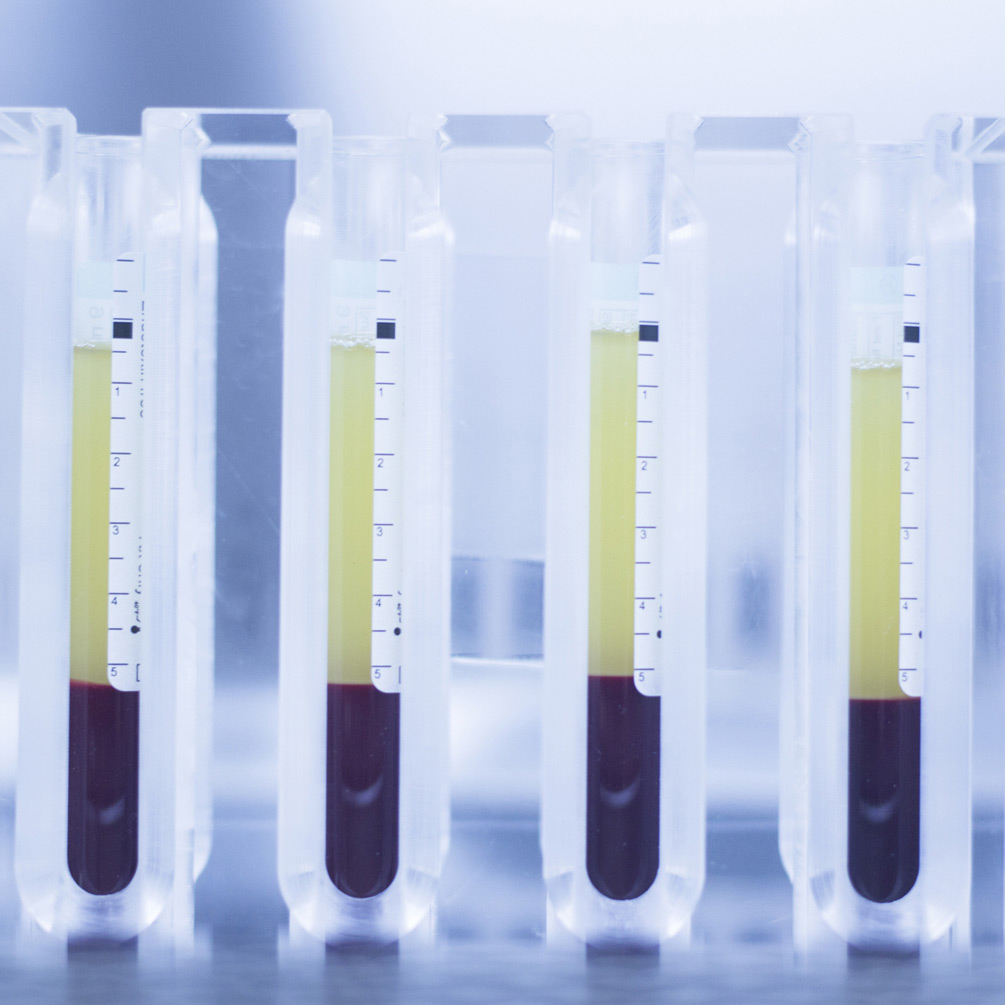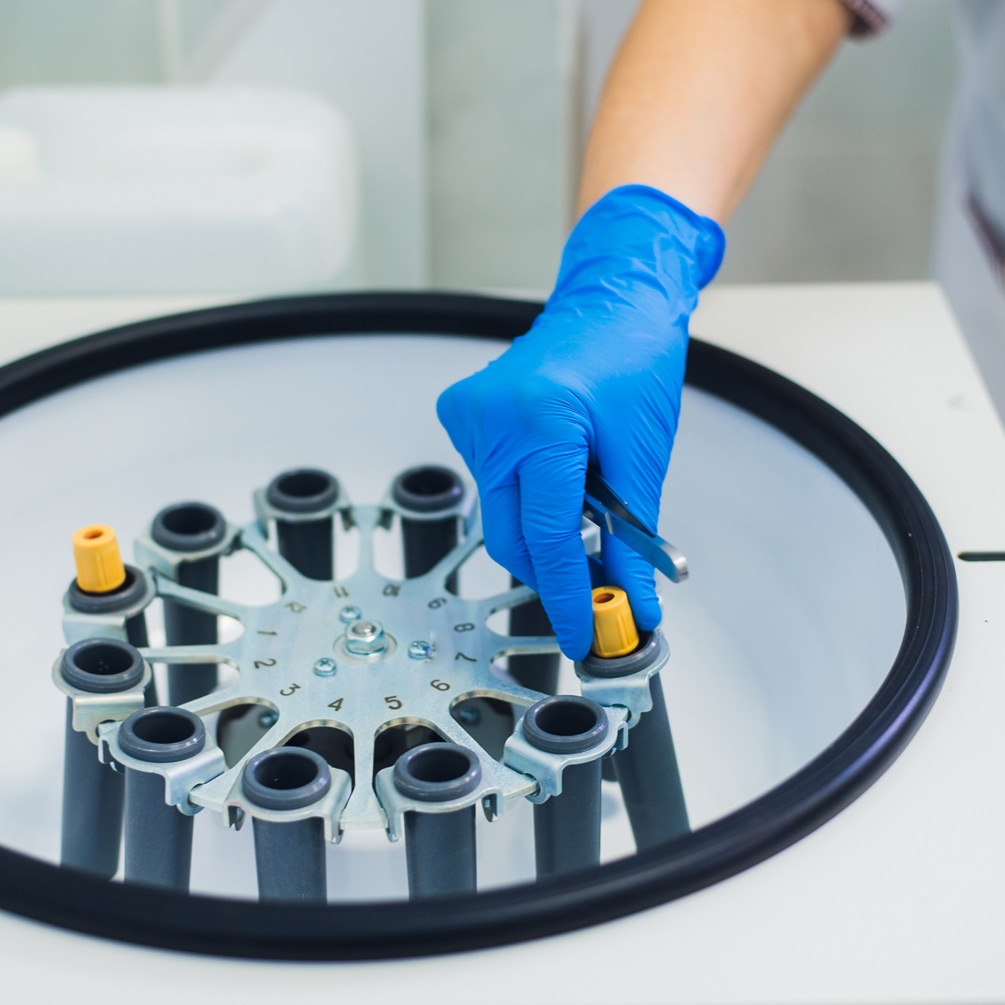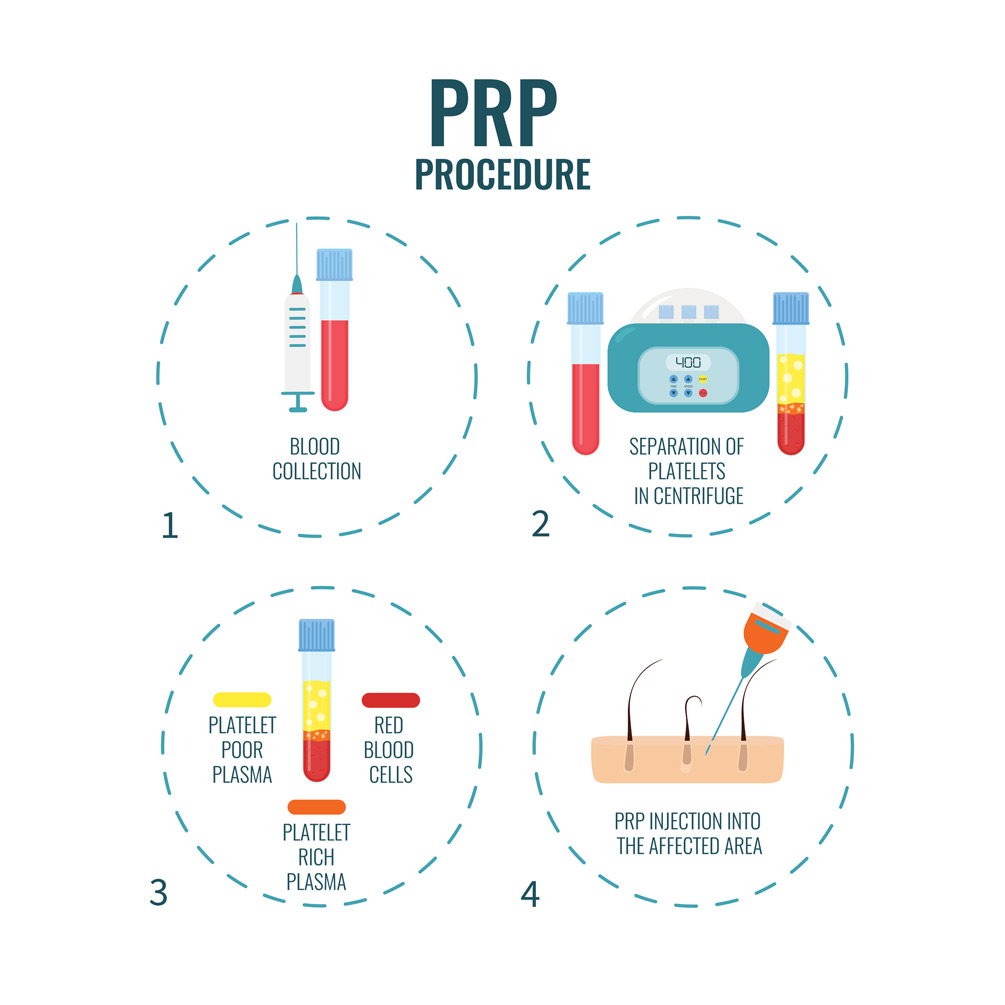
Platelet-rich plasma (PRP) has gained popularity in recent years thanks, in part, to an increased knowledge of the way the human body heals itself.
PRP is a treatment created from a patient’s own blood that promotes tissue healing and fosters the cell regeneration and growth process. If you are dealing with stubborn injuries or soft tissue damage that’s contributing to your discomfort, you may benefit from the type of treatment offered by a PRP specialist.
What is Platelet-Rich Plasma (PRP)?
Largely a mix of water and protein, plasma is the liquid part of blood. Platelets (thrombocytes) are blood cells that play a role in the clotting process. They also contain proteins called growth factors that help your body heal. A PRP specialist injects a concentrated mixture of plasma with a higher-than-normal amount of platelets into a specific area of the body that is injured or not healing as well as it should be. The growth factors in the specially prepared mixture produce more cells that help tissues heal (reparative cells).


How Might You Benefit from PRP Injections?
PRP injections may be effective on an assortment of musculoskeletal problems. However, the treatment tends to be especially beneficial for individuals with tendonitis and other soft tissue injuries.
Patients with pulled hamstring muscles, knee sprains, and chronic lower back pain (LBP) may also benefit from PRP injections if other treatments aren’t producing meaningful results. Additionally, a PRP specialist might recommend this treatment if your discomfort is related to any of the following sources:
- Anterior cruciate ligament (ACL) tears
- Rotator cuff tears
- Back and neck injuries related to soft issue problems
- Pelvic pain or instability
- Joint pain due to degenerative conditions like arthritis
- Ligament sprains
How Does a PRP Specialist Treat Patients?
PRP injections are prepared from a sample of your own blood that’s spun at very high speeds in a centrifuge. The activated platelets are then injected into affected area. A special live X-ray or ultrasound imaging may be used to help with the guidance of the injection. A local anesthetic may be used as well to make the procedure more comfortable for you.
After the anesthetic wears off, there may be alight uptick in your discomfort. This is typically temporary until the concentrated PRP mixture has a chance to work on tissues within the affected area. As your symptoms decrease, you may find it easier to fully participate in physical therapy sessions. If PRP treatment is effective for you, benefits may include:
- Less reliance on medication
- Increased flexibility and mobility
- An ability to return to your preferred level of athletic performance
- Improved overall quality of daily life
There are several small studies that suggest what’s sometimes referred to as PRP therapy can produce positive results for patients considered good candidates for this procedure. A PRP specialist can determine if your injury or source of discomfort is likely treatable with platelet-rich plasma injections. However, PRP isn’t meant to be a first attempt at treatment. But it is a process worth considering if other healing, recovery, or pain management efforts haven’t been effective.

